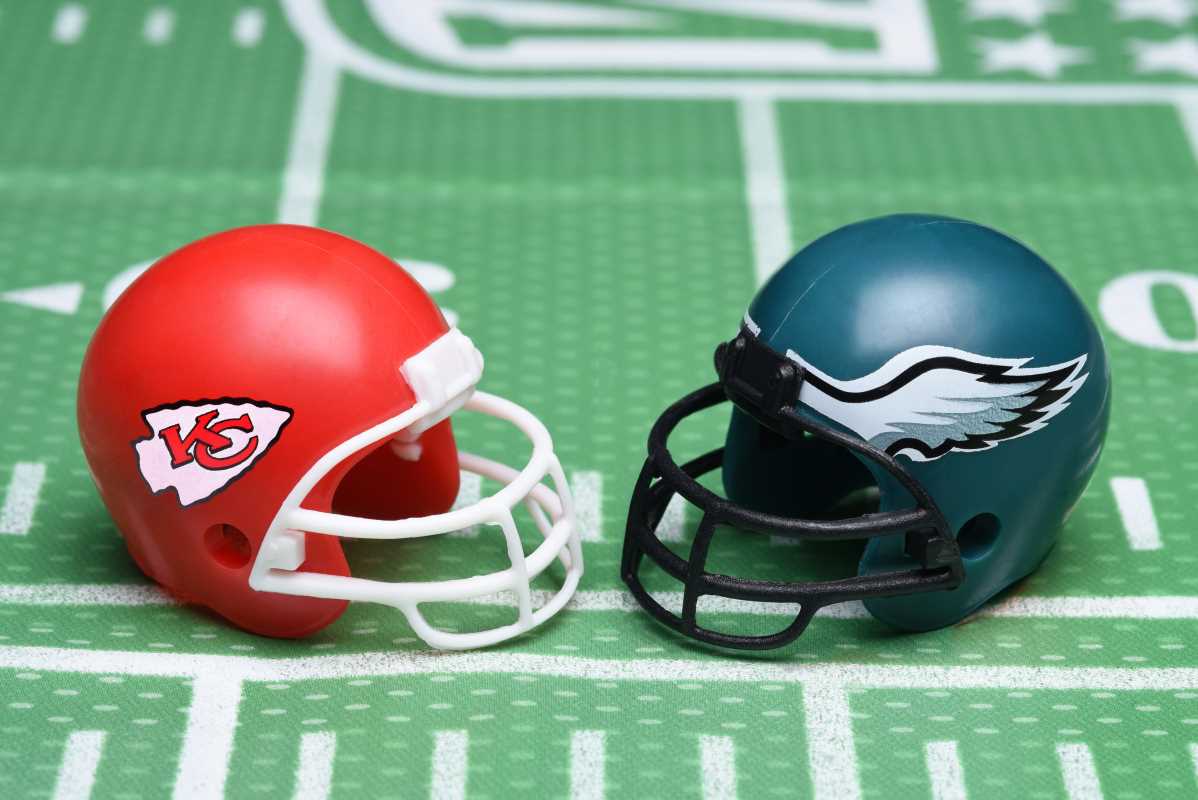Tom Brady may have officially stepped away from the NFL, but his influence on the game is far from over. Widely regarded as the greatest quarterback of all time, Brady’s approach to training, nutrition, and recovery was key to his unparalleled longevity and success in the league. Now, even in retirement, his methods continue to shape how quarterbacks prepare, train, and even think about the game.
Brady was a revolutionary thinker when it came to fitness and performance. His focus on sustainability, preparation, and mindfulness brought a new dimension to football training that others are now adopting. From his famously strict diet to his unconventional recovery techniques, Brady’s philosophy has become a blueprint for both aspiring and established quarterbacks looking to extend their careers and perform at the highest level.
Here’s a closer look at how Tom Brady’s post-retirement legacy has redefined quarterback training routines.
The TB12 Method Revolution
Central to Brady’s impact is the TB12 Method, a holistic approach to performance and longevity that he developed alongside his longtime trainer, Alex Guerrero. While he popularized and advocated for these techniques during his playing days, the real ripple effect emerged after his retirement, as others began realizing the value of his practices.
Brady’s method diverges from the more traditional “bigger is better” mindset of football training. Instead, it emphasizes flexibility, balance, and pliability. The philosophy is simple but profound: maintain a stable yet supple body to reduce injury risk and increase peak performance.
Pliability Training
Pliability, a key component of the TB12 Method, is all about muscle elasticity. Brady and Guerrero argue that traditional weightlifting can tighten muscles, making them more prone to injury. Instead, pliability focuses on deep-tissue work and resistance band exercises designed to keep muscles long and soft.
The science behind pliability is still debated within some athletic circles, but many quarterbacks are now incorporating soft tissue work and mobility exercises into their routines. With the increasing physical demands placed on quarterbacks in today’s NFL, staying mobile and elastic is critical.
Even quarterbacks in their prime, like Patrick Mahomes and Josh Allen, have reportedly adopted elements of Brady’s pliability practices to prepare their bodies for the challenges of a 17-game season (not to mention playoffs).
Functional Strength and Balance
Unlike traditional gym workouts that focus on maxing out weights, Brady's routine prioritized functional strength. This meant workouts that mimic the movements players execute on the field. Think exercises that improve lateral movement, rotational power, and stabilization rather than just how much you can bench press.
Younger quarterbacks, in particular, have gravitated toward this more thoughtful and efficient way of training. It’s not about how much you can lift; it’s about whether your strength translates to better throws, quicker reactions, and sustained high-level performance across a grueling season.
Nutrition as a Competitive Advantage
Brady’s eating habits were once the subject of media fascination, but his rigid and purposeful diet has now set a new standard for athletes who want to keep playing for as long as possible. The quarterback famously avoided processed foods, sugar, caffeine, dairy, and gluten as part of his anti-inflammatory diet.
What set Brady apart wasn’t just his choices but his consistency. Through the TB12 Foundation and his ongoing influence in sports nutrition, these concepts have trickled down to the next generation. Quarterbacks now view nutrition as inseparable from their performance. Training camps and coaching staff are emphasizing customized meal plans curated to suit the specific needs of each player.
What’s interesting is how Brady’s reputation made these dietary habits “cool.” Younger athletes have embraced habits like early-morning hydration routines, incorporating plant-based meals, and consuming “clean” foods to fuel their bodies. His lifestyle has even inspired collegiate and high school quarterbacks to adopt better eating habits to boost their performance.
Recovery is Everything
Brady’s laser focus on recovery redefined what's possible for a long football career. At 45, he was still playing at a level most players half his age struggled to match, and much of that longevity came down to how he rebuilt his body after games and workouts.
Traditional training programs often undervalued recovery, prioritizing grueling workouts and heavy lifting. Brady flipped the script. He understood that how you recover is just as important as how you train.
Active Recovery Work
One of Brady’s favorite recovery practices is active recovery, which involves light movement or exercises that increase blood flow and promote healing without taxing the body too much. Think ladder drills with reduced intensity or light yoga sessions.
Now, quarterbacks across the league have embraced active recovery, with many teams even hiring recovery specialists to help players maximize their post-workout regeneration. Teams are also investing in recovery pods, normatech boots, and cryotherapy centers, inspired in part by Brady’s commitment to keeping his body in top condition year-round.
Sleep as a Performance Tool
Brady wasn’t shy about sharing the role sleep played in his routine. He reportedly aimed for a consistent nine hours each night and viewed it as a foundation for his physical and mental performance. This focus has prompted a shift in how athletes approach not just rest but quality recovery.
Quarterbacks like Russell Wilson and Jalen Hurts highlight optimized sleep schedules, crediting Brady’s lifestyle as a major motivator for their habits. Modern quarterback training now stresses the importance of high-quality sleep as much as throwing mechanics or defensive reads.
Mental Preparation and Resilience
Brady’s influence isn’t limited to physical improvements; he also brought attention to the mental aspect of the game that many athletes tend to overlook. Football is as much a mental game as it is physical, and his preparedness is a big reason why he won seven Super Bowls.
Visualization Techniques
Brady famously used visualization techniques, running mental reps of plays in his head long before the game. This mental preparation gave him an edge when it came to anticipating defensive schemes and staying calm under pressure.
Quarterbacks at all levels are now adopting similar visualization practices. Virtual reality (VR) systems, which simulate defensive lineups and game situations, have become common tools in quarterback training routines. Brady himself may not have fully embraced VR during his career, but his emphasis on mental readiness set the stage for these innovations.
Mindfulness
Mindfulness training, including meditation and breathing exercises, was another underappreciated element of Brady’s routine. He emphasized the importance of staying in the moment and bouncing back quickly from mistakes.
This mental discipline is now considered a vital part of quarterback development. Younger players are working with sports psychologists and mindfulness coaches to manage stress and maintain focus under pressure, following in the footsteps of Brady's resilient mindset.
Tom Brady's commitment to longevity, nutrition, recovery, and mental preparation proves that excellence is about more than natural talent. It’s about discipline, consistency, and a willingness to innovate. Future quarterbacks may never be “another Tom Brady,” but thanks to him, they have the tools to try.
 (Image via
(Image via





